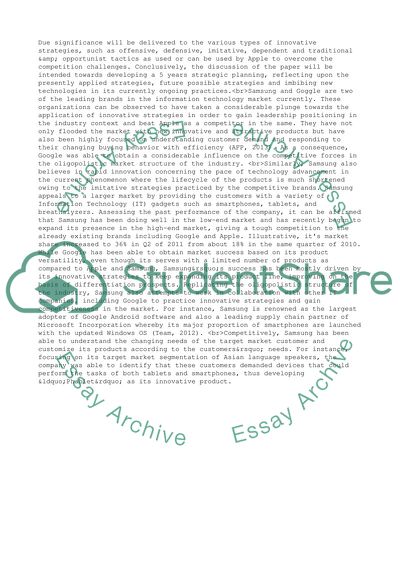Cite this document
(“Innovation Management Essay Example | Topics and Well Written Essays - 1750 words”, n.d.)
Innovation Management Essay Example | Topics and Well Written Essays - 1750 words. Retrieved from https://studentshare.org/business/1497094-innovation-management
Innovation Management Essay Example | Topics and Well Written Essays - 1750 words. Retrieved from https://studentshare.org/business/1497094-innovation-management
(Innovation Management Essay Example | Topics and Well Written Essays - 1750 Words)
Innovation Management Essay Example | Topics and Well Written Essays - 1750 Words. https://studentshare.org/business/1497094-innovation-management.
Innovation Management Essay Example | Topics and Well Written Essays - 1750 Words. https://studentshare.org/business/1497094-innovation-management.
“Innovation Management Essay Example | Topics and Well Written Essays - 1750 Words”, n.d. https://studentshare.org/business/1497094-innovation-management.


